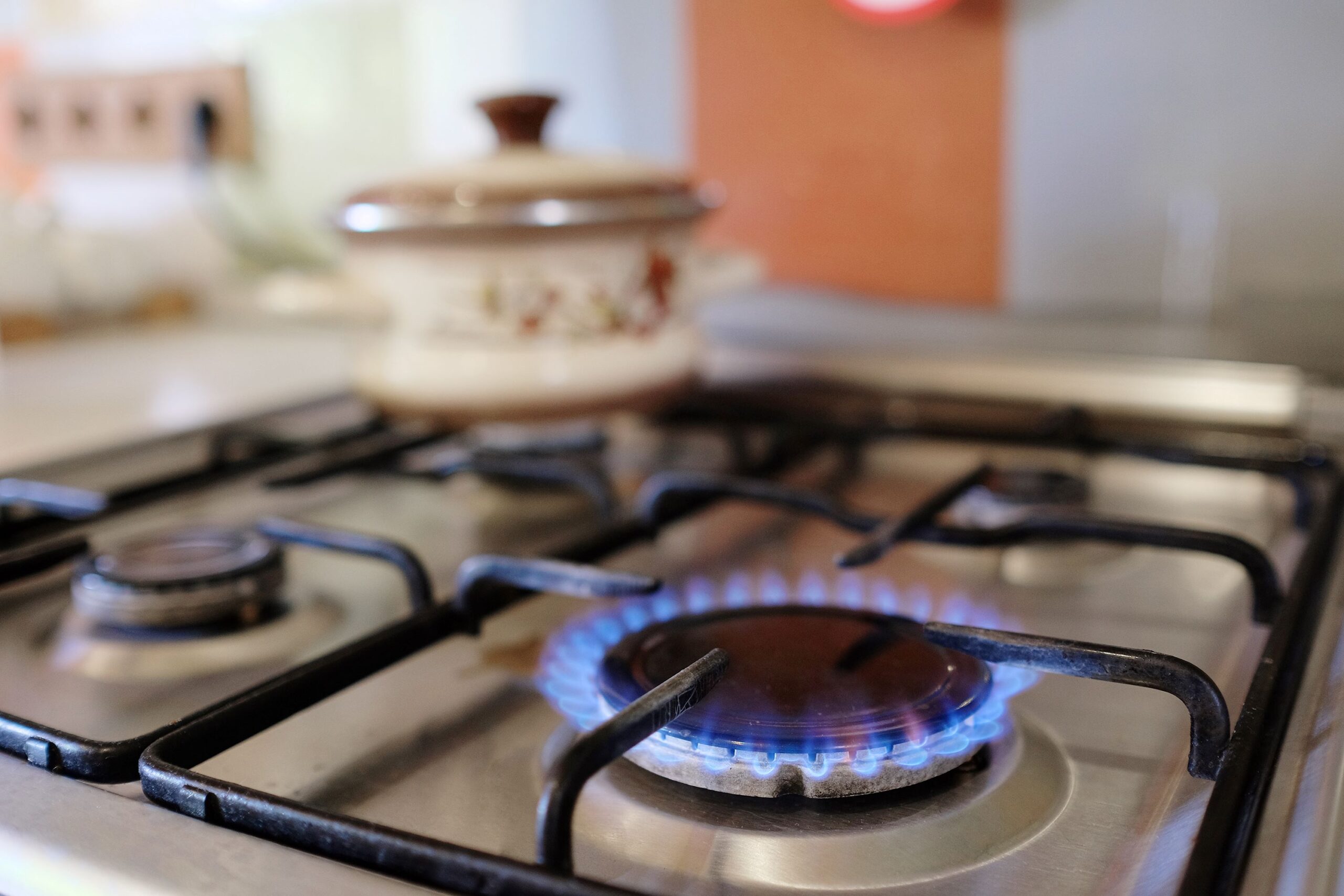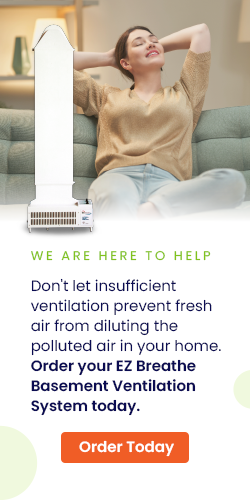Carbon monoxide (CO) is often referred to as the “silent killer” for a good reason. This colorless, odorless, and tasteless gas can cause severe health issues, even at low levels, and often goes unnoticed until it’s too late. Many homeowners rely on carbon monoxide detectors to protect themselves, but recent findings suggest that these devices might not be as foolproof as we believe. This article explores the hidden dangers of low-grade carbon monoxide poisoning, how unhealthy levels of CO may exist even when your detector reads zero, and what you can do to safeguard your home.
Understanding Carbon Monoxide and Its Sources
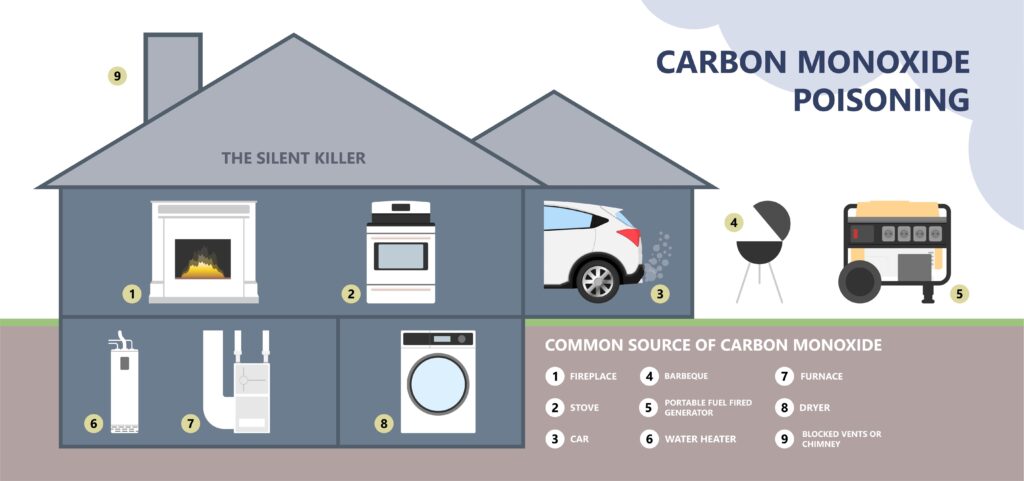
Carbon monoxide is produced whenever fuel is burned in cars, trucks, small engines, stoves, lanterns, grills, fireplaces, gas ranges, or furnaces. The gas is highly toxic because it binds with hemoglobin in the blood more effectively than oxygen, preventing the blood from carrying oxygen to cells, tissues, and organs.
Common sources of carbon monoxide in the home include:
- Gas-fired appliances: Stoves, water heaters, and furnaces.
- Wood-burning stoves and fireplaces: Inadequate ventilation can lead to a buildup of CO.
- Automobiles: Cars running in attached garages, even with the door open, can release carbon monoxide into the home.
- Portable generators: Often used during power outages, these devices can be deadly if not used in well-ventilated areas.
The Reality of Low-Grade Carbon Monoxide Poisoning

While high levels of carbon monoxide exposure can lead to immediate and severe health effects, such as unconsciousness and death, low-grade carbon monoxide poisoning is a more insidious threat. Prolonged exposure to even small amounts of CO can result in various health issues, often mistaken for common ailments.
Symptoms of Low-Grade Carbon Monoxide Poisoning:
- Headaches: Frequent, unexplained headaches are a common symptom.
- Fatigue: Persistent tiredness, even after adequate rest.
- Dizziness and confusion: Feeling lightheaded or having difficulty concentrating.
- Nausea: A constant feeling of being unwell.
- Shortness of breath: Particularly noticeable during physical activity.
These symptoms are often misdiagnosed as flu, chronic fatigue syndrome, or other common conditions, leading to prolonged exposure and more severe health consequences.
Why Carbon Monoxide Detectors May Fail You
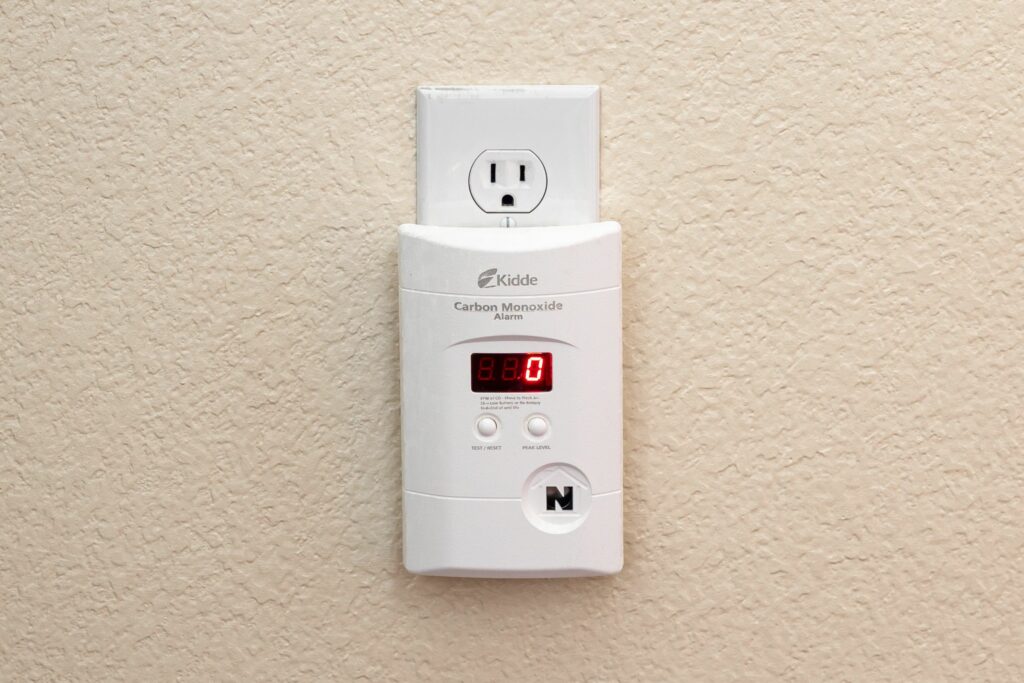
Carbon monoxide detectors are an essential part of home safety, designed to alert you when dangerous levels of CO are present. However, these devices are not infallible. Several factors can contribute to unhealthy levels of carbon monoxide in your home, even when your detector reads zero.
- Sensitivity and Calibration Issues: Most carbon monoxide detectors are designed to alert you only when CO levels reach a certain threshold, typically 70 parts per million (ppm) over a short period. However, levels lower than this can still be harmful, especially with prolonged exposure. Detectors may not always pick up on these lower levels, particularly if they are not properly calibrated.
- Placement Matters: The location of your carbon monoxide detector plays a crucial role in its effectiveness. Detectors placed too far from potential CO sources, such as gas appliances or attached garages, may not detect dangerous levels in time. Additionally, detectors installed too high may miss CO that accumulates at lower levels.
- Detector Lifespan: Carbon monoxide detectors have a limited lifespan, typically 5-7 years. Over time, the sensors in these devices can degrade, leading to decreased sensitivity and false security.
- Ventilation and Airflow: In homes with poor ventilation or blocked airflow, CO can accumulate in specific areas without triggering a detector. This is particularly true in homes with energy-efficient upgrades that seal the house tightly, trapping air (and CO) inside.
Case Study: CO Detectors Reading Zero While Dangerous Levels Exist
There have been numerous instances where homeowners experienced symptoms of CO poisoning, yet their detectors read zero. In one notable case, a family suffered from chronic headaches and fatigue for months. After multiple doctor visits and no clear diagnosis, they called in an indoor air quality specialist. Testing revealed low but unhealthy levels of carbon monoxide near their gas fireplace and furnace, even though their CO detectors never went off.
This case highlights the importance of not solely relying on CO detectors for your safety. While they are a critical tool, they are not a guarantee of a carbon monoxide-free environment.
Steps to Protect Your Home from Low-Grade Carbon Monoxide Poisoning
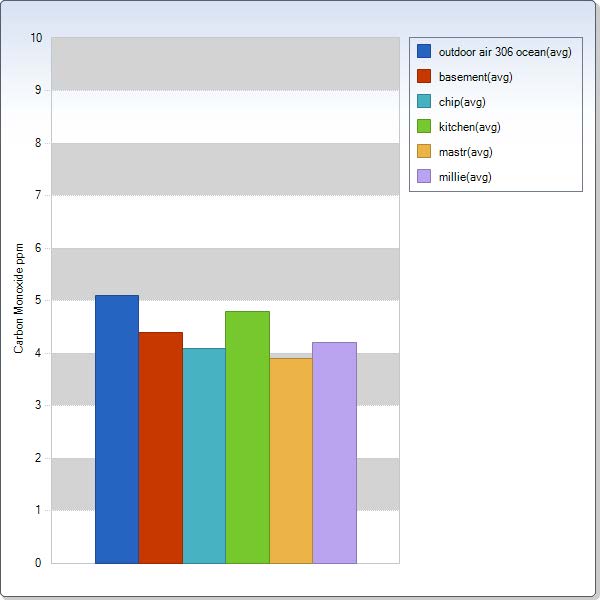
Given the potential for low-grade carbon monoxide poisoning and the limitations of detectors, taking additional steps to protect your home is essential.
- Regular Maintenance and Inspection:
- Have your heating systems, water heaters, and any other gas, oil, or coal-burning appliances serviced by a qualified technician every year.
- Ensure that your chimney is checked and cleaned regularly to prevent blockages that could cause CO to build up inside your home.
- Upgrade Your Detectors:
- Consider upgrading to a carbon monoxide detector with a digital display that shows CO levels in real-time, even at lower levels.
- Install multiple detectors throughout your home, focusing on sleeping areas, the basement, and near any potential CO sources.
- Improve Ventilation:
- Ensure proper ventilation in areas where CO is likely to accumulate, such as garages, basements, and areas with gas appliances.
- If you’ve recently upgraded your home for energy efficiency, consider adding a ventilation system to ensure fresh air circulation.
- Consider Additional Testing:
- If you experience symptoms consistent with CO poisoning, even if your detectors read zero, consider hiring a professional to conduct a thorough indoor air quality assessment. They can identify low levels of CO and other potential indoor pollutants.
- Educate Yourself and Your Family:
- Make sure everyone in your household knows the symptoms of carbon monoxide poisoning and the importance of responding quickly if they suspect CO exposure.
- Plan an emergency response, including knowing where your CO detectors are and what to do if they go off.
The Importance of Professional Help
While it’s possible to take many steps on your own to protect against carbon monoxide, professional help can provide an extra layer of security. Indoor air quality specialists have the tools and expertise to detect even low levels of carbon monoxide and other harmful pollutants that might not trigger standard detectors.
What to Expect from a Professional Assessment:
- Comprehensive Testing: A specialist will use advanced tools to measure carbon monoxide levels throughout your home, including in areas where CO is likely to accumulate.
- Source Identification: If CO is detected, the specialist will work to identify the source, whether it’s an appliance, vehicle, or other causes.
- Recommendations: After the assessment, you’ll receive a detailed report with recommendations for addressing any issues, whether through repairs, improved ventilation, or other methods.
- Peace of Mind: Knowing that your home has been thoroughly checked by a professional can provide peace of mind, particularly if you or a family member has been experiencing unexplained health issues.
Conclusion: Don’t Let Low-Grade Carbon Monoxide Poisoning Lurk in Your Home
Carbon monoxide is a silent and often overlooked threat in the home. Even if your CO detector reads zero, unhealthy levels of this dangerous gas may still exist, putting you and your family at risk. Understanding the limitations of carbon monoxide detectors, recognizing the symptoms of low-grade poisoning, and taking proactive steps to protect your home can significantly reduce the risk of exposure.
By combining regular maintenance, proper detector placement, and professional assessments, you can ensure that your home remains a safe and healthy environment for everyone inside. Don’t let the silent killer go unnoticed—take action today to protect your home from the dangers of low-grade carbon monoxide poisoning.
References:
- CDC. (2021). Carbon Monoxide Poisoning. Centers for Disease Control and Prevention. https://www.cdc.gov/co/faqs.htm
- U.S. EPA. (2022). Protect Your Family and Yourself from Carbon Monoxide Poisoning. U.S. Environmental Protection Agency. https://www.epa.gov/indoor-air-quality-iaq/protect-your-family-and-yourself-carbon-monoxide-poisoning
- NFPA. (2020). Safety Tips for Portable Generators. National Fire Protection Association. https://www.nfpa.org/Public-Education/Staying-safe/Safety-equipment/Generators
- Mayo Clinic. (2022). Carbon Monoxide Poisoning. Mayo Clinic. https://www.mayoclinic.org/diseases-conditions/carbon-monoxide/symptoms-causes/syc-20370642
- NIH. (2019). Chronic Carbon Monoxide Poisoning: A Public Health Concern. National Institutes of Health. [https://www.ncbi.nlm.nih.gov/pmc/articles/
Standards:
| Agency | Exposure Limits |
| OSHA PEL (General Industry) | 50 ppm TWA |
| EPA TWA | 9.0 ppm TWA |
| ASHRAE | 9.0 ppm TWA |
| ACGIH TLV | 25 ppm TWA |
| NIOSH REL | 35 ppm TWA; 200 ppm Ceiling |
| NIOSH IDLH | 1,200 ppm |
Definitions:
- TWA = Time Weighted Average exposure concentration for a normal 8-hour workday and 40-hour workweek
- STEL = Short Term Exposure Limit (Usually a 15-minute time-weighted average exposure that should not be exceeded at any time during a workday
- NIOSH (National Institute for Occupational Safety and Health)
- REL = Recommended Exposure Limit
- IDLH = Immediately Dangerous to Life or Health Concentration
- OSHA (Occupational Safety and Health Administration)
- PEL = Permissible Exposure Limit
- ACGIH (American Conference of Government Industrial Hygienists)
- TLV = Threshold Limit Value


